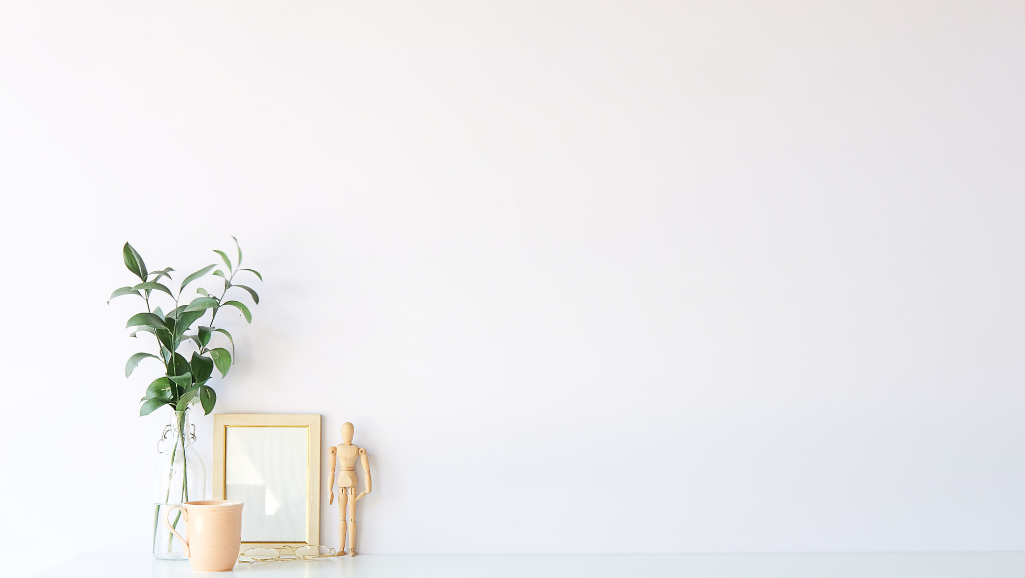Modern work environments are filled with constant interruptions. From buzzing phones to overflowing inboxes, maintaining focus feels harder than ever. Research shows that 72% of employees struggle with multitasking, leading to a 40% drop in productivity.
Yet, managing these challenges isn’t impossible. Nobel Prize-winning studies on circadian rhythms reveal that aligning work with personal energy peaks can enhance efficiency. Small changes, like batching emails, have been shown to cut burnout by 42%.
The good news? Sharpening concentration is a skill anyone can develop. Whether you’re tackling deadlines or chasing long-term success, the right strategies make all the difference.
Key Takeaways
- how to avoid distractions and stay focused.
- Multitasking reduces productivity by 40%.
- 72% of employees face pressure to juggle tasks.
- Batching emails can lower burnout by 42%.
- Personal chronotypes impact peak focus times.
- Small habit shifts lead to major efficiency gains.
Understanding the Impact of Distractions
Digital noise surrounds us, making deep concentration a rare skill. *73% of workers* report interruptions derail their flow, while the average office worker checks email *74 times daily*. These habits fracture attention, leaving little room for meaningful progress.
Why Modern Life Makes Focus Harder
Smartphones have rewired our brains. Studies show the mere presence of a phone reduces cognitive capacity, even when unused. Scrolling social media triggers dopamine hits, conditioning us to crave constant stimulation.
Pre-digital eras allowed for sustained focus. Today, the average attention span lasts just 47 seconds per screen. This shift undermines work requiring deep thought, like strategic planning or creative problem-solving.
The Hidden Costs of Multitasking
Switching between tasks isn’t efficient—it’s exhausting. fMRI scans reveal brain activity drops 40% during multitasking. Each interruption creates “attention residue,” where mental energy lingers on the previous task.
“Small business owners lose 3 hours a day to distractions, equating to 15 wasted weeks annually.”
True focus means single-tasking. Prioritize one activity at a time, and watch productivity soar. Your team—and your sanity—will thank you.
How to Avoid Distractions and Stay Focused
A cluttered space often leads to a cluttered mind—start by designing an environment that fuels productivity. Simple tweaks to your physical and digital surroundings can block interruptions before they hijack your attention.
Create a Distraction-Free Workspace
Position your desk near natural light to reduce eye strain. Studies link proper lighting to 20% faster task completion. Keep only essentials on your workspace: a computer, notebook, and water bottle.
Noise-canceling headphones like Bose QC35 boost focus by 94%. Pair them with instrumental music or white noise apps like Rainymood. Pro tip: A cooler room temperature (68–72°F) sharpens alertness.
“Workers who disable notifications report 32% lower stress levels.”
Leverage Technology Wisely
Batch email checks to four times daily—this habit cuts stress by nearly a third. Use auto-responders like, “Focusing until 2 PM—urgent? Call me!” to manage expectations.
Store your phone in another room during deep work. For iOS/Android, disable 23+ notification sources in settings. Apps like Freedom block social media during designated hours.
Every 50 minutes, take a 5-minute break. Stretch or walk—this resets your brain for sustained concentration.
Mastering Your Mindset for Better Focus
The battle for focus begins in your thoughts, not your surroundings. While tools and environments help, true concentration starts with mental discipline. Research confirms that 89% of high achievers train their brain like a muscle.
The Power of Meditation and Mindfulness
A 34-count meditation technique boosts focus retention by 28%. This practice quiets the default mode network—the brain’s distraction hub. Instead, it activates focused attention regions.
Try this scripted exercise:
- Set a timer for 5 minutes.
- Breathe in for 4 counts, hold for 7, exhale for 8.
- Visualize your goals as completed.
“Students practicing mindfulness raised GPAs by 12% within a semester.”
Using Self-Talk to Stay on Track
Your words shape reality. Cognitive behavioral techniques show that positive affirmations rewire neural pathways. A Yale study found structured self-talk improved task completion by 37%.
Replace “I’m overwhelmed” with “I choose one priority.” This subtle shift fuels growth and reduces stress. Pair it with quality sleep for maximum impact.
Remember: Every thought is a stepping stone to success. Train your mind, and focus follows.
Practical Tools to Eliminate Distractions
The right tools can transform chaotic workdays into focused productivity. From timed techniques to auditory aids, these solutions help reclaim your time and mental clarity.
The Pomodoro Technique
Break work into 25-minute sprints with 5-minute breaks. Research shows this method boosts output by 60%. Customize intervals for your rhythm—some thrive with 50-minute sessions.
Try these variations:
- Creative types: 90-minute blocks with 20-minute rests
- Analytical workers: 45/15 splits for complex tasks
“Productivity Planner users complete 38% more daily tasks using structured timing.”
Noise-Canceling Headphones and Focus Playlists
Bose or Sony headphones create silent sanctuaries anywhere. Pair them with Brain.fm’s AI-generated music—users report 200% longer focus sessions.
Science-backed sound options:
- 432Hz frequencies reduce stress
- Binaural beats enhance concentration
- Brown noise masks office chatter
Visual Reminders and Accountability Partners
Design a “Focus Wall” with removable goal cards. Seeing objectives keeps priorities clear. Partner with a friend or colleague for weekly check-ins.
Effective partnership steps:
- Share three weekly priorities every Monday
- Exchange progress updates on Wednesday
- Celebrate wins each Friday
This system builds motivation through shared commitment. Your words become promises when spoken aloud.
Building Long-Term Habits for Sustained Focus
True productivity thrives on routines that outlast motivation. While quick fixes help, lasting results come from ingrained habits. Research proves that 7–9 hours of sleep sharpens decision-making by 39%.
Prioritizing Sleep for Mental Clarity
Your brain repairs itself during rest. Optimize your sleep environment with these science-backed tweaks:
- Light: Use blackout curtains (under 5 lux).
- Temperature: Keep the room at 65°F for deep rest.
- Routine: Wind down 30 minutes before bed—no screens.
“Night owls who adjusted their schedule gained 22% more focus during work days.”
Setting SMART Goals
Vague plans fail. SMART goals (Specific, Measurable, Achievable, Relevant, Time-bound) triple success rates. Example for writers:
- Specific: Draft 1,000 words daily.
- Measurable: Track progress in a spreadsheet.
- Time-bound: Finish by Friday noon.
Pair this with habit-stacking—anchor new activities to existing ones. After morning coffee, review your goals. In 30 days, this ritual becomes automatic.
Pro tip: Celebrate small wins. Reward yourself after a week of consistency—it wires your brain for success.
Conclusion
Mastering focus transforms your work and life. Small daily steps—like time blocking or tech boundaries—compound into lasting growth. Research shows focused individuals achieve 60% more in less time.
Ready for the next level? Explore tools like Brain.fm or Bose QC45 headphones. These amplify deep productivity. For a structured approach, download our printable focus checklist.
Your journey to success starts now. Every minute spent undistracted builds momentum. Stay consistent, and watch your potential unfold.










